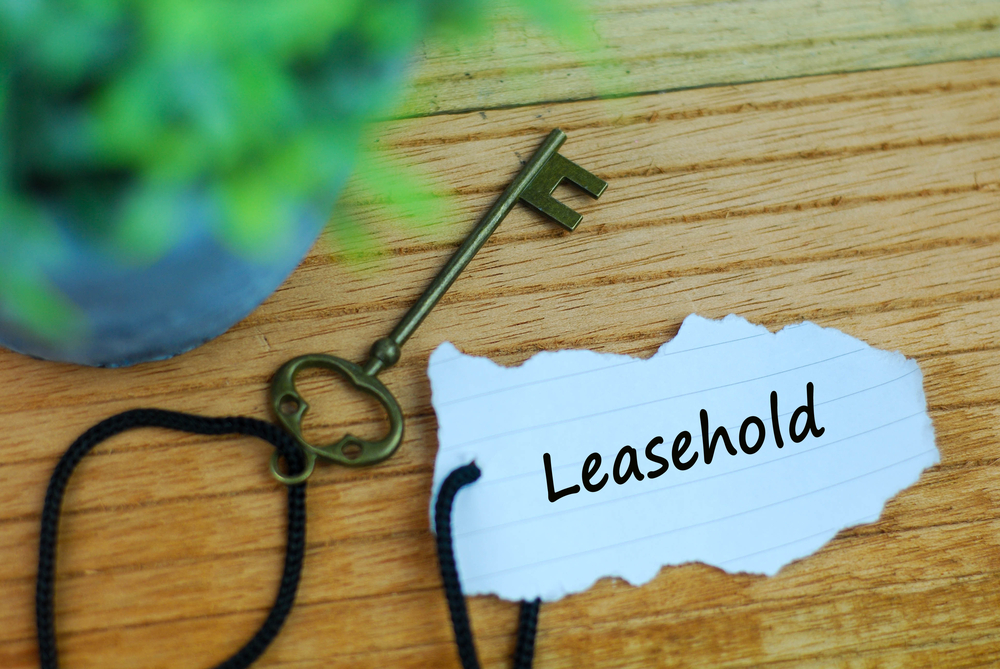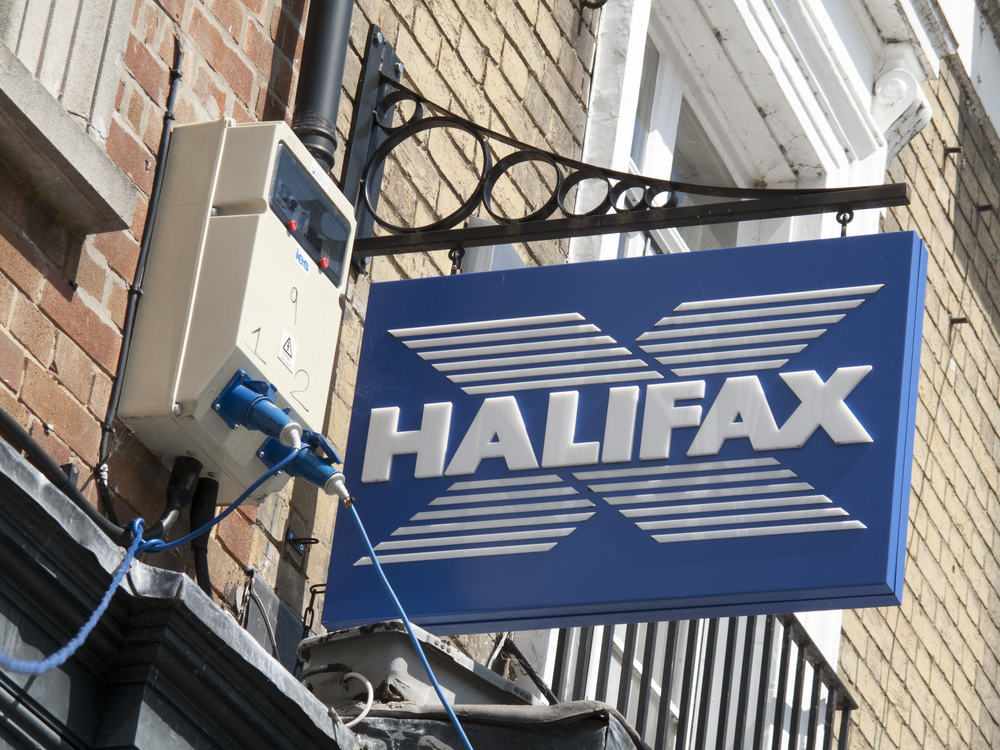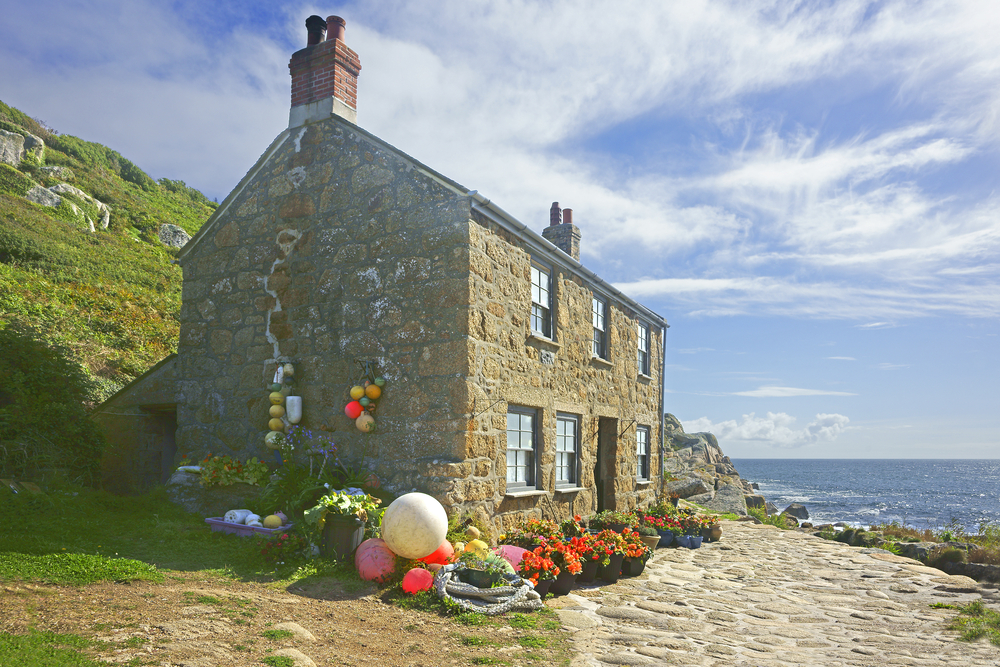Last year Halifax Home Insurance handled almost 3,000 subsidence claims, an increase of 22 per cent on 2008 figures. The cost of repairs can run into hundreds of thousands of pounds, and in extreme cases homes can be completely destroyed, so it is worth knowing what causes it, how to avoid a problem, and what the signs are.
According to the insurer, around 70 per cent of subsidence damage is caused by shrinking clay soil. As moisture is leeched out of the soil by trees and hedges planted in close proximity to the home, the ground shifts and foundations crack, causing serious structural damage.
Senior claims manager Neil Curling explained: "Trees and shrubs close to buildings are not generally a problem during the winter and spring as there is plenty of rainfall to satisfy the vegetation and keep soils stable. As drier warmer weather arrives, clay soil can become unstable as it dries out and shrinks. The larger and closer to the property trees are, and the older and shallower the foundations of the home, the greater the recipe for damage."
The most obvious indication of subsidence damage is cracks in the walls. While most cracks are superficial and structurally insignificant, cracking caused by subsidence can be expensive to repair, as the cause of the subsidence has to be stopped first to prevent further damage.
Subsidence is more likely to occur in areas of shrinkable clay soil, common across many parts of the UK and particularly in the south east. As a general rule if the soil can be rolled into a ball easily, it has a high clay content. The good news is there are several measures homeowners can take now to avoid subsidence problems later in the year.
• When buying a property, don't skimp on surveys and searches. Information on historical activity such as mining can be valuable as around 15 per cent of subsidence claims are due to previous mining activity beneath a property.
• Tree removal solves 84 per cent of tree-related subsidence claims. Before removing trees, check with the local town planning office that there is no tree preservation order or other restriction as you could be fined a considerable sum for breaching these. If removal is not possible, reduction followed by regular maintenance can be the next best thing.
• Cutting down trees can be a dangerous task so if in doubt seek advice on the safest way to do this from the Arboricultural Association – www.trees.org.uk
• When planting trees, consider the fact that some species can grow very large and initiate subsidence. The ABI website provides a helpful guide to safe planting distances at http://www.abi.org.uk/Information/Consumers/General/691.pdf
• If you suspect a problem, contact your insurer as soon as possible. The sooner the cause is identified and remedied the sooner repairs can be carried out and the value of the property preserved.










 Buy-to-let
Buy-to-let










